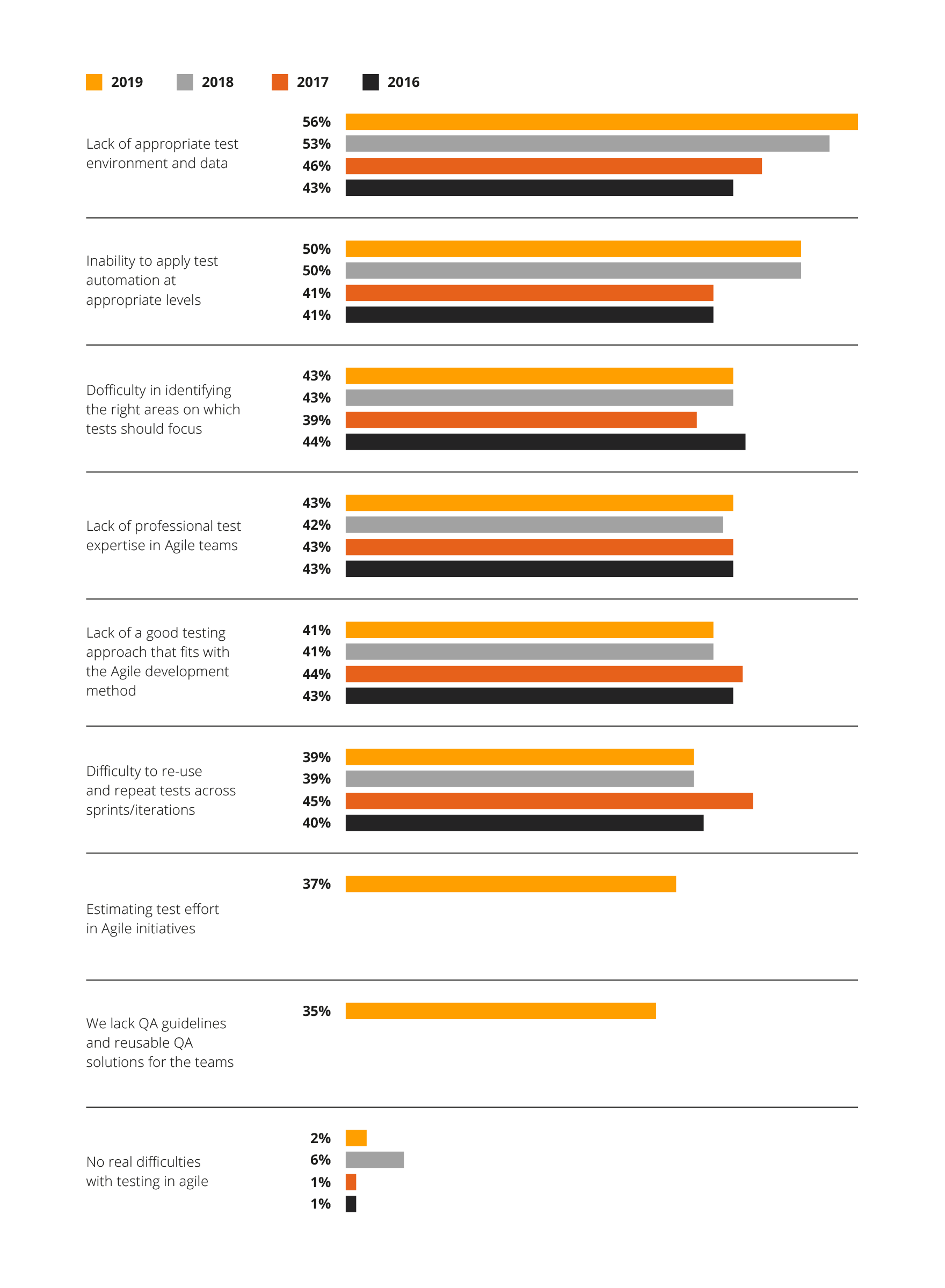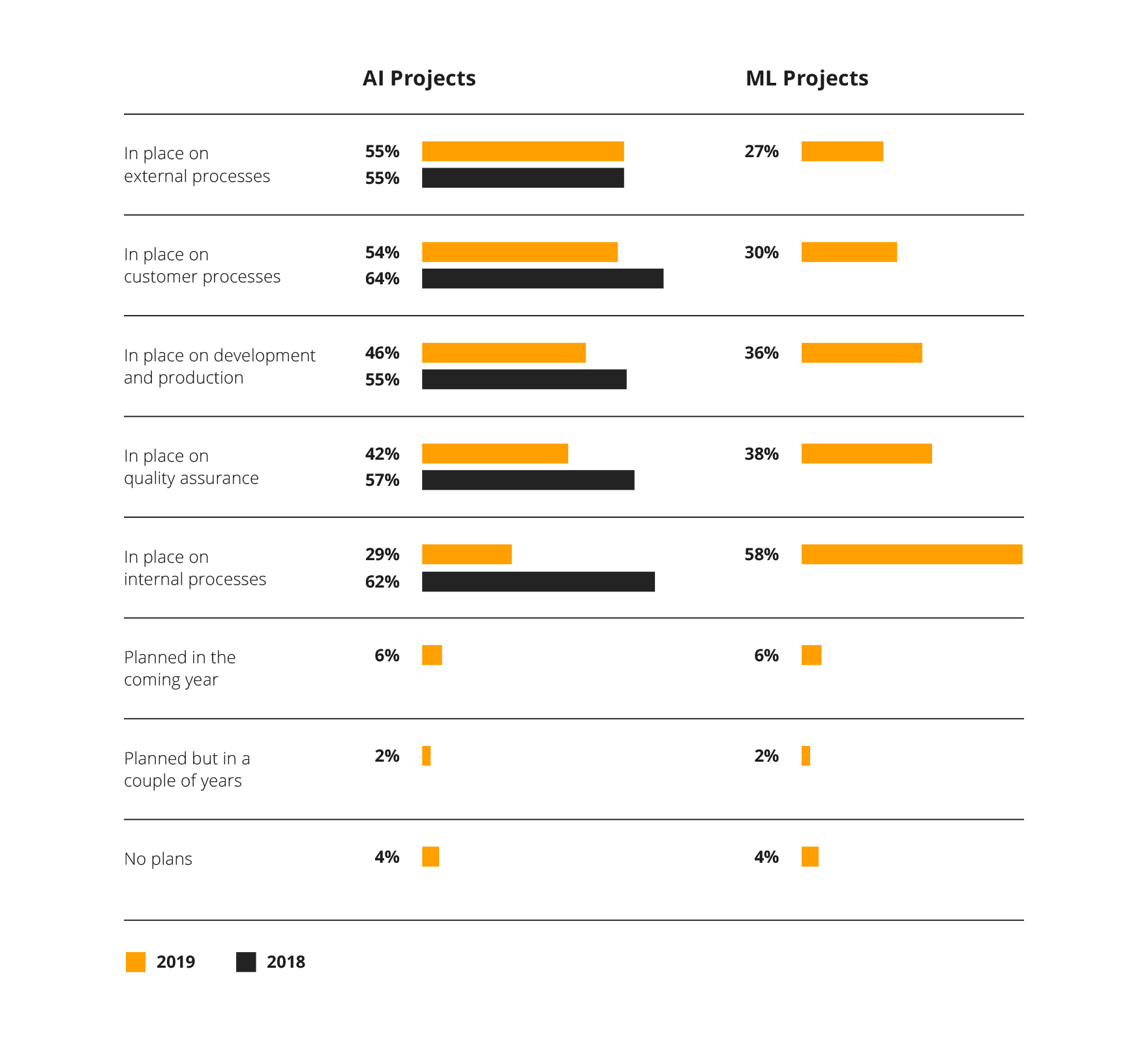
Code refactoring (software refactoring): definition, benefits and techniques
In our blog entries, we have dedicated much attention to the issue of how to develop high quality, well optimised software.
However, this time, we shall focus on less positive scenarios, i.e. software, in which everything seems to work, but it turns out to be unusable in confrontation with the users.
Why do programmes with no bugs sometimes work poorly, and what can be done about it?
Code smell and design smell: definitions
In theory, a safe programming language is one in which the compiler will not allow for code compilation when there’s an error in it. Furthermore, each case of such a faulty code piece should be well described in the programming language documentation.
The strenuous debugging process, i.e., finding programming bugs that impede code compilation, is essential to a developer’s work.
However, in practice, it turns out that even the safest language and the best compiler cannot protect the project from, let us put it delicately, not entirely successful logical concepts in code. Often, a simple problem is solved in a very complicated and hardware-strenuous way, and still, it is not a bug in a strict sense and will not be detected by the compiler.
This results in software comprised of lines of code counted in tens or even hundreds of thousands that are based on a flawed solution and, therefore, will never work right.
In this situation, we talk about code smell. Many factors make us face this phenomenon. Among those that occur most often, one should primarily list all duplicates, i.e. the appearance of the same part of code in many places.
Programmers often allow themselves to design software in a way in which each change must be applied to many classes simultaneously. That is what we call shotgun surgery.
Essentially, code smell can be found on every code level: in the entire application, but also particular classes or methods. On each level, we distinguish specific types of complications (as, in this case, we cannot speak of bugs in a strict manner), and each of them may result in code that will be useless as software.
Apart from code smell, we also distinguish design smell, i.e. missed ideas, not in terms of programming but rather architecture. In that case, we speak of entire flawed concepts and not only repetitions of code blocks.
What is code refactoring (software refactoring)?
In the case of software that bears the mark of code smell (or design smell), a casual source code checkup in search of smaller bugs will not do, as sometimes entire components must be rewritten. It is possible that an old, low-quality code and numerous models already built over it don’t function properly.
As we already mentioned, sometimes it is best to discard such a code and start from scratch. However, one cannot always afford that option.
Backwards compatibility, wide distribution, and an enormous number of dependencies with other programs are only a number of reasons for which even the worst quality code must be taken under a process, resulting in the elimination of the code „smell”, i.e. the process of refactoring.
This type of process drastically increases the programme’s performance and does not expand its functionalities. The entirety is focused on quality.
One may say that the primary aim of code refactoring is to eliminate redundancy, i.e., an excess of appearing elements. The process may be associated with the golden rule of the economy of reasoning, i.e. Occam’s Razor, which states that entities should not be multiplied without necessity.
In the everyday 21st century, the motto assumed the form of the KISS acronym: Keep It Simple, Stupid. Therefore, refactoring aims to free the code from elements that reproduce their functions.
Find out more about how to develop software projects:
Afterwards, the entirety is adjusted to the adopted standards and good practices in order for the code to not only be clear and comprehensible but also to fulfil its functional applications and, after compiling and execution, to work in a way satisfactory for the user.
Why is code refactoring important in software development?
Refactoring is important in software development for several key reasons:
Improves Internal Software Code Structure: Refactoring improves the internal structure of code without changing external functionality, resulting in more efficient, maintainable, and readable code.
Reduces Complexity: By simplifying complex code structures, refactoring makes the code easier to work with and understand. This is particularly beneficial for new developers joining a project.
Eases Debugging: Simplified and well-structured code is easier to debug. Refactoring can often reveal and correct hidden or subtle bugs.
Optimises Performance and Scalability: Refactored code often runs more efficiently. This can lead to better performance and make scaling the application as needed easier.
Facilitates Feature Addition and Tool Updates: Integrating new features or updating tools becomes easier with a cleaner codebase, reducing the chances of conflicts with old, poorly structured code.
When should the code be refactored? Indications
Several key indications suggest you may need to perform refactoring:
Code complexity: If the code is too complicated or challenging to comprehend, it may need refactoring. Complex code is prone to errors and difficult to maintain.
Difficulty in adding new features: When the process of adding new features becomes cumbersome due to the existing code structure, it’s a clear sign that refactoring is necessary to make the code more modular and adaptable.
Poor performance: If the code is slow or inefficient, refactoring can help optimise its performance, making it run faster and more efficiently.
Frequent bugs or issues: Regular occurrence of bugs in certain parts of the code can indicate underlying structural or logical issues that need refactoring.
Inconsistent coding standards: Inconsistent coding practices across the codebase can create confusion and make it challenging to maintain the software.
Difficulties in testing: When code is challenging to test or demands complex testing procedures, it could be a sign that the code is highly interdependent or poorly structured.
Poor readability: Code that other software developers find hard to read or understand indicates a need for refactoring to enhance its clarity and maintainability.
What are the benefits of software refactoring?
The practice of refactoring in software development brings forth numerous benefits. These advantages contribute significantly to software projects’ overall health, maintainability, and success.
Technical Debt Reduction
Refactoring is a process that helps developers to improve the quality of their code by addressing technical debt. Technical debt refers to the additional development work that arises when a short-term solution is used instead of the best overall solution. Over time, technical debt accumulates, making it difficult for developers to work with the codebase.
By regularly refactoring the code, developers can significantly reduce the technical debt, which leads to a cleaner and more efficient codebase.
Promotion of Clean Code
“Clean code” refers to code that is easy to read, understand, and change. This is achieved through effective refactoring, which is crucial for software projects’ long-term maintenance and scalability.
Refactoring helps developers to transform complex, cluttered code into a more streamlined, understandable format. This not only makes the current project more manageable but also sets a high standard for any future code that will be written in the project.
Enhanced Collaboration Among Developers
The refactoring process involves improving the code structure to make it more organised and easier to understand, especially when multiple developers work on the same codebase. This is particularly important in team environments where different developers need to collaborate on a project.
By refactoring code, it becomes easier for new team members to onboard and for developers to effectively review each other’s work. This leads to increased productivity, code readability, improved collaboration, and a more efficient development process overall.
How to perform code refactoring: techniques and popular methods
Several techniques can be used to achieve code refactoring, including “Extract Method and Functions“, which helps to break down large methods. “Simplify Conditional Expressions” is another technique that streamlines conditional statements, and “Eliminate Code Duplication” removes redundancies.
All these methods collectively enhance the quality and scalability of the code, emphasising the importance of integrating refactoring into the development process.
However, refactoring can be time-consuming, especially for large projects with years of evolving code.
Finding the excess class in 50 lines will not be a problem, even for a beginner, but what if a programme comprises hundreds of thousands of lines overlapping in their evolution through many years?

Such a project may surely outgrow many companies, and we mostly talk about situations where discarding software is no solution, e.g., because of the necessity to ensure backwards compatibility. Refactoring is highly time-consuming.
Therefore, some organisations cannot afford to transfer all resources to execute this one task.
There is no lack of expert teams that have forged code refactoring into their specialisation and possess knowledge, experience, and tools to execute this process more efficiently than the programmers employed by the company itself.
By the way, it is worth turning attention to the aforementioned tools. We already said that refactoring is, in many cases, strenuous and schematic work primarily based on detecting and eliminating redundancies.
Does it not sound like a perfect job for machine learning algorithms, or, as some would prefer to call them, artificial intelligence?
Machine Learning in software refactoring
Well, yes and no.
It is correctly expected that we are capable of training algorithms effectively so that they can detect defined patterns based on machine-made models. This way, one may successfully apply automation in detecting redundancies and eliminate code smell.
However, the reasons for which the code requires refactoring are obvious and clearly visible.
An example is the design smell, a shortcoming on the level of the concept of solving a given problem. The best frameworks of machine learning available at the moment provide us with artificial cognition. However, machine cognitive processes are not capable in terms of observation and conclusions.
It is a common argument of programmers who are confronted with the perspective of technological unemployment that awaits them. Indeed, one may teach a machine to write code, which may be generated this way in the near future.
However, we still do not possess larger accomplishments in teaching machines to solve problems, and exactly this process constitutes the initial and most significant element of a programmer’s job.

How does automated refactoring support contribute to scalability and performance?
The effectiveness of machine learning algorithms in addressing technology issues is limited, particularly when the problems are deeply rooted in the system beyond simple code redundancies.
Therefore, it is crucial to evaluate and, if necessary, upgrade your technology stack. Modernising your stack can lead to significant improvements in both performance and software security.
In this process, IT partners can be invaluable. Their technical expertise and experience can make the transition smoother and more effective. Often, it is human insight that uncovers flaws or missed opportunities in a project. These issues are best addressed by professionals skilled in refactoring.
Considering the time and resources required for such a task, partnering with an external companies can be a wise decision.
Future Processing offers specialised software development services that can greatly enhance the development and efficiency of your project. By leveraging our expertise, you can ensure that your project benefits from the latest technological advancements and best practices.
Do you want to ensure your system is developed concerning industry standards? Contact us to take advantage of our services and elevate your project to the next level.



